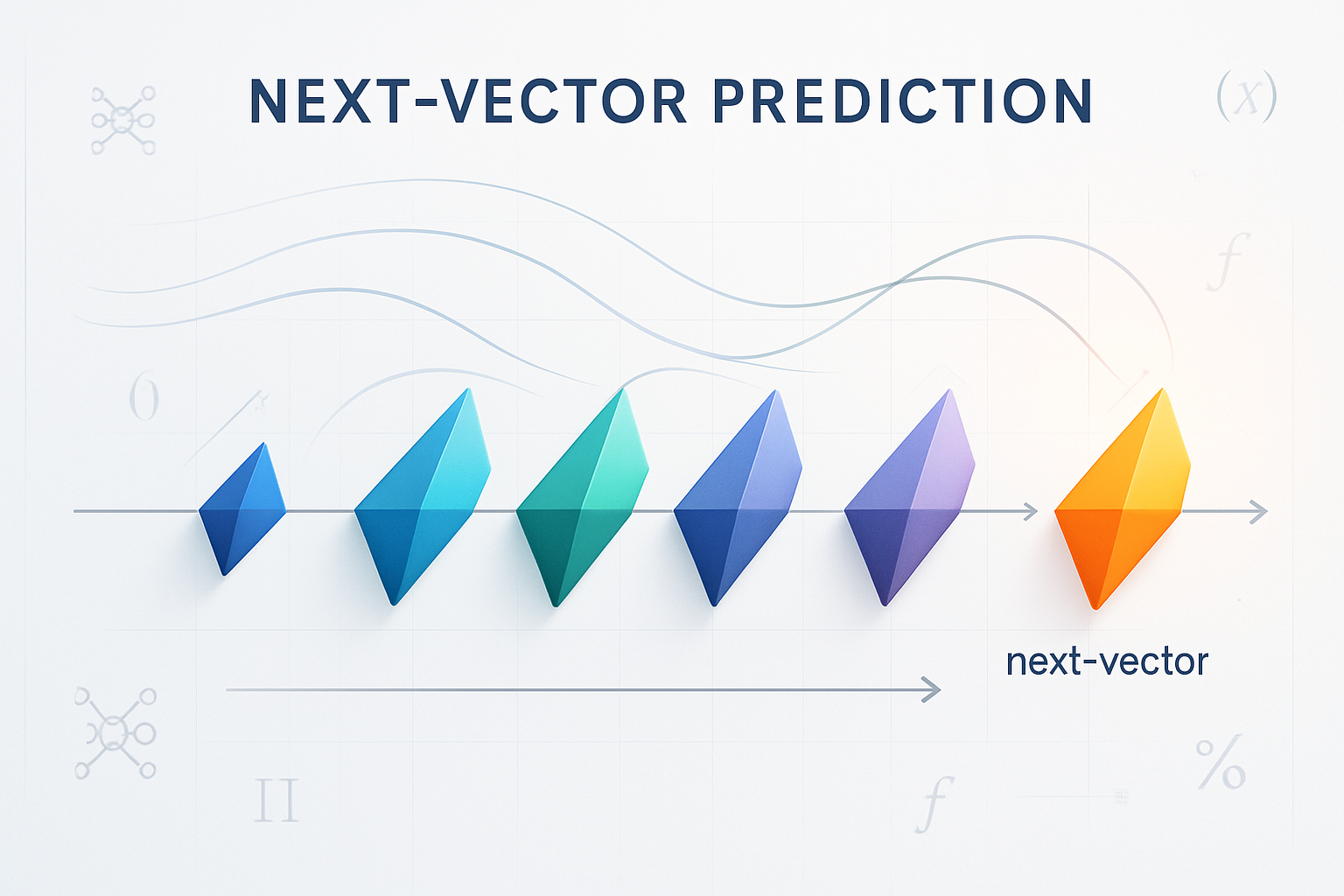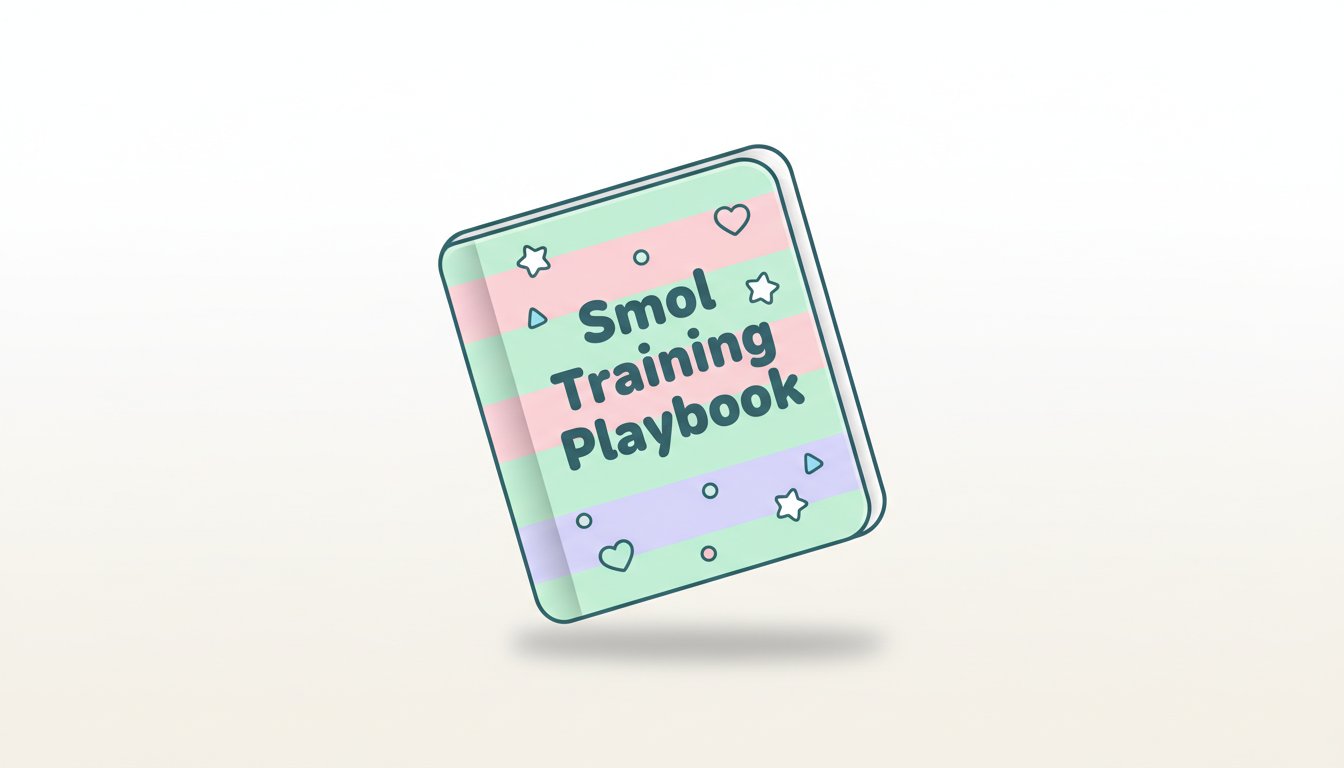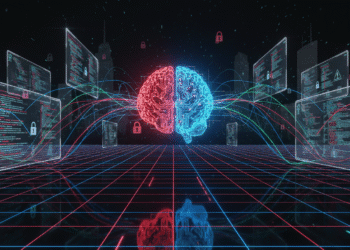TL;DR
Due diligence for AI projects is a critical evaluation process that goes beyond traditional tech assessments, focusing on unique risks like data bias, model explainability, and ethical compliance. It splits into technical diligence (assessing data quality, model validation, infrastructure, security, and team expertise) and business diligence (evaluating market fit, ROI, competitive landscape, regulatory risks, and go-to-market strategies).
Key differences: technical is about feasibility and robustness, while business emphasizes viability and profitability. Best practices include cross-functional teams, standardized checklists, and integration of both for holistic risk mitigation. Ignoring this can lead to reputational damage, legal issues, or project failure—always prioritize data governance and regulatory alignment.

Introduction
In the rapidly evolving landscape of artificial intelligence, launching or investing in an AI project demands more than just innovative ideas and cutting-edge technology. Due diligence—the thorough investigation and evaluation of a project’s viability, risks, and potential—becomes paramount.
But AI due diligence isn’t your standard tech audit; it’s a multifaceted process that must account for the unique complexities of AI systems, such as opaque “black box” models, data dependencies, and ethical implications.
As defined by experts, due diligence in AI projects involves a comprehensive review of technical, ethical, legal, and operational elements to ensure the system is robust, compliant, and aligned with goals, see: Ansarada. Why is this uniquely important? Unlike general software projects, AI introduces risks like algorithmic bias, which can lead to discriminatory outcomes and legal liabilities, or scalability issues that traditional tech might not face V7 Labs.
The stakes are high: poor due diligence can result in reputational damage, regulatory fines, or outright project failure, as seen in cases where biased AI hiring tools have sparked lawsuits EY.
This article outlines key considerations for AI project due diligence, with a deep dive into technical and business diligence. We’ll explore their differences, integration strategies, and real-world best practices, drawing from established sources to provide a grounded, evidence-based guide. By the end, you’ll have a roadmap to navigate these complexities effectively.

Overview of Due Diligence for AI Projects
The general process of due diligence for AI projects follows a structured yet adaptable framework, differing from other tech projects due to AI’s data-driven nature and ethical demands. It typically includes preliminary assessment, technical evaluation, compliance review, ethical analysis, operational review, risk assessment, stakeholder interviews, and final reporting EY.
Stakeholders play a pivotal role: technical teams handle model architecture, legal experts ensure regulatory compliance, ethics committees address bias, and business leaders align with strategic goals Ansarada. Unique challenges arise from AI-specific issues like data quality—where biased datasets can amplify inequalities—or model explainability, making it hard to justify decisions in regulated fields like healthcare V7 Labs. Compliance is trickier with evolving laws like the EU AI Act, requiring ongoing monitoring unlike static software audits DealRoom.
Compared to general tech projects, AI due diligence demands deeper ethical scrutiny and continuous validation, as models evolve with new data. This process isn’t linear; it often iterates based on findings, emphasizing proactive risk mitigation to unlock AI’s potential while avoiding pitfalls LeewayHertz.

Technical Diligence in AI Projects
Technical diligence focuses on the nuts and bolts of an AI system’s feasibility, reliability, and security. It’s defined as the systematic evaluation of AI’s technical architecture, data, and processes to ensure they meet performance and ethical standards, often critical in investments or partnerships Fast Data Science. Its scope includes assessing scalability, robustness, and compliance, identifying risks like operational failures or biases.
Key Areas to Assess
- Data Quality and Availability: Data is the lifeblood of AI. Evaluate sources for accuracy, representativeness, and bias—poor data can lead to unreliable models SpotDraft. Check for sufficient volume and compliance with privacy laws like GDPR.
- Model Selection and Validation: Ensure the chosen algorithms suit the problem. Validate for overfitting, underfitting, and real-world performance using metrics like accuracy and F1-score ElifTech. Test robustness against adversarial inputs.
- Infrastructure and Scalability: Review cloud setups, disaster recovery, and ability to handle growth. Non-scalable infrastructure is a common pitfall in AI deployments.
- Security and Privacy: Assess vulnerabilities like data breaches or adversarial attacks. Implement encryption and access controls to protect sensitive information.
- Compliance and Ethical Considerations: Verify adherence to regulations and ethical standards, including bias mitigation and transparency, see: EY.
- Team Expertise and Development Process: Gauge the team’s qualifications and processes. Over-reliance on key personnel without knowledge transfer is risky.
Best Practices
Adopt comprehensive documentation, independent reviews, and continuous monitoring. Use frameworks like NIST for ethical AI V7 Labs. Collaborate across teams for holistic insights.
Common Red Flags
Watch for inadequate documentation, biased data, weak security, or non-scalable systems—these signal long-term issues. For instance, unexplained “black box” models can violate transparency requirements.
Technical diligence ensures the AI is built on a solid foundation, preventing costly rework.
Business Diligence in AI Projects
Business diligence shifts the lens to the project’s commercial viability, assessing how the AI aligns with market demands and generates value. It’s defined as evaluating strategic, financial, and market aspects to ensure the AI project delivers sustainable returns and mitigates business risks Lumenova AI. In M&A contexts, this involves scrutinizing AI’s role in revenue streams and competitive positioning DealRoom.
The scope encompasses market analysis, financial modeling, and stakeholder alignment, often using AI tools for efficiency LeewayHertz. Unlike technical diligence, it prioritizes external factors like competition and ROI.
Key Areas to Assess
- Market Need and Fit: Analyze if the AI addresses a real market gap. Use sentiment analysis on consumer data to gauge demand Asteri Partners. For example, assess product-market fit through surveys and trend forecasting.
- Business Model and ROI: Evaluate revenue streams, cost structures, and projected returns. Calculate ROI by modeling adoption rates and scalability Debut Infotech. Ensure the model is sustainable, factoring in AI maintenance costs.
- Competitive Landscape: Map rivals and differentiators. AI can automate this via pattern recognition in market reports LeewayHertz. Identify threats like emerging tech or market saturation.
- Regulatory and Legal Risks: Beyond technical compliance, assess business impacts of laws like the EU AI Act, including potential fines or market restrictions Lumenova AI. Review intellectual property and cross-jurisdictional issues.
- Go-to-Market Strategy: Scrutinize launch plans, pricing, and distribution. Ensure alignment with target audiences and scalability Asteri Partners.
- Stakeholder Alignment: Confirm buy-in from investors, partners, and users. Misalignment can derail projects Debut Infotech.
Best Practices
Employ AI for automated market analysis, conduct cost-benefit analyses, and use standardized checklists LeewayHertz. Prioritize ethical governance and continuous feedback loops for adaptability Lumenova AI.

Common Red Flags
Flags include unclear market need, unrealistic ROI projections, ignored regulatory risks, or weak competitive positioning. Over-dependence on unproven AI without a solid go-to-market plan is a major concern.
Business diligence ensures the AI isn’t just technically sound but commercially promising.
Technical vs. Business Diligence: Key Differences
While both are essential, technical and business diligence differ in focus and approach. Technical diligence is inward-looking, emphasizing engineering feasibility—like data integrity and model robustness—to ensure the AI works as intended Fast Data Science. It’s quantitative, relying on metrics and tests, and addresses risks like security breaches.
Business diligence is outward-facing, focusing on market dynamics and financial outcomes Lumenova AI. It’s qualitative and strategic, evaluating ROI and competitive edges Asteri Partners. Overlaps occur in areas like regulatory compliance, where technical adherence supports business risk mitigation,
The key distinction: technical ensures “can it be built?” while business asks “should it be built for profit?” Both are vital; neglecting one can lead to technically flawless but commercially flop projects, or vice versa.
Integrating Both for Holistic Due Diligence
To succeed, integrate technical and business diligence through cross-functional teams and iterative processes. Start with a joint preliminary assessment, then align findings—e.g., technical scalability informs business ROI models. Use tools like AI-driven analytics for shared insights.
Case in point: In M&A, combining them uncovers hidden risks, as in evaluating biased models’ market impact Lumenova AI. This holistic approach minimizes blind spots, fostering resilient AI projects.
Conclusion
Due diligence for AI projects is indispensable, blending technical rigor with business acumen to navigate unique challenges. By addressing data, models, markets, and risks comprehensively, organizations can mitigate pitfalls and drive success. Remember: adapt to evolving regulations and prioritize ethics, see: V7 Labs. For your next AI venture, start with a robust plan—it’s the foundation of innovation without regret.










